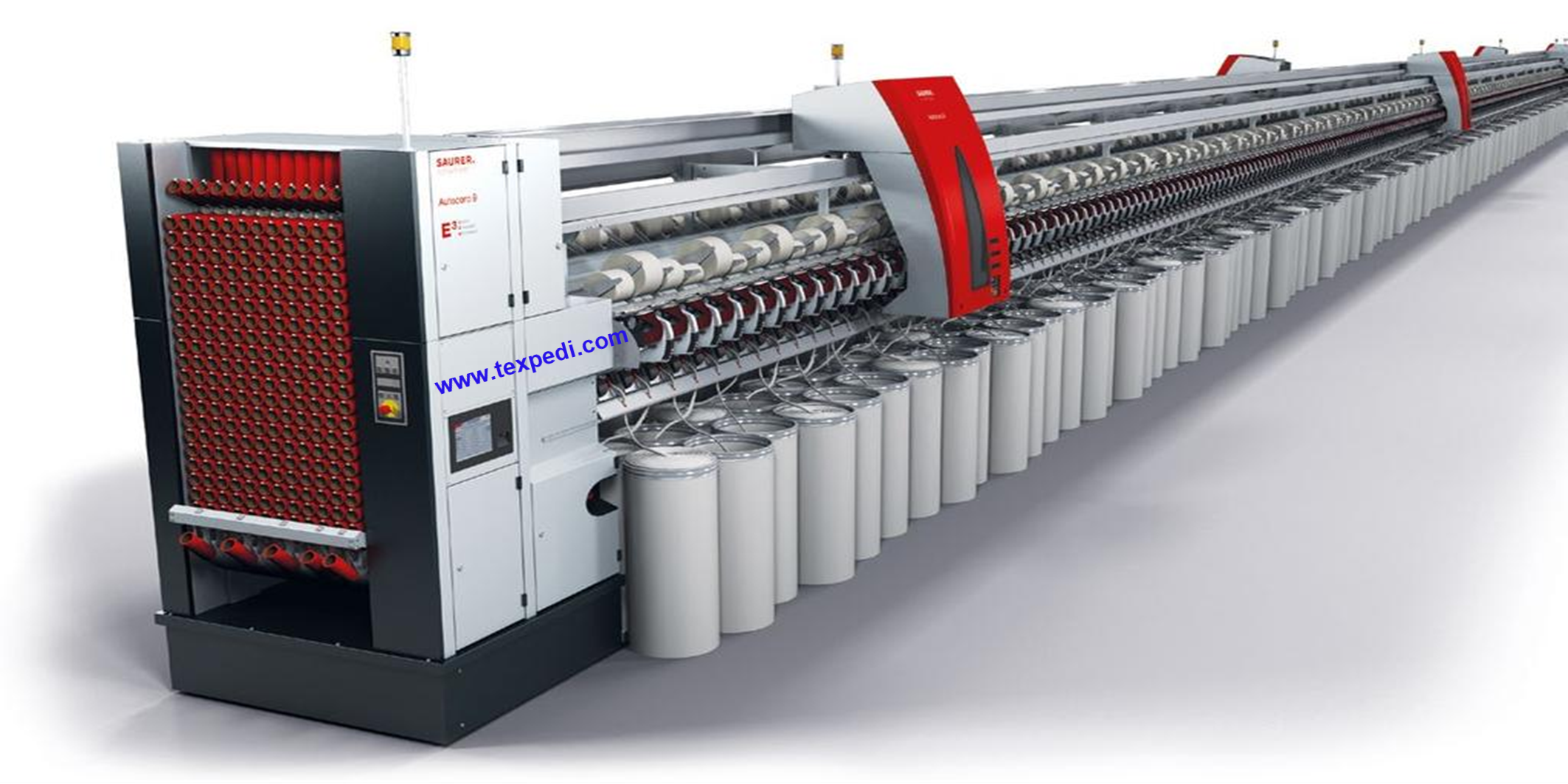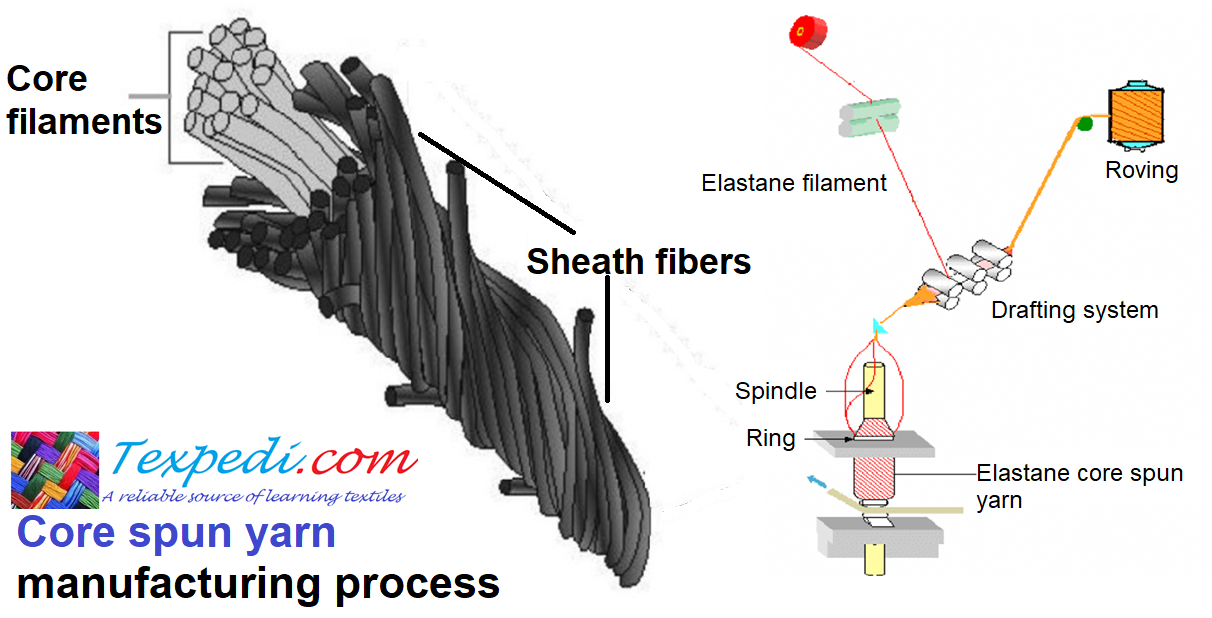Fatigue or fatigue damage refers to the modification of the properties of materials due to the application of stress cycles whose repetition can lead to fracture. Or In materials science, fatigue is the weakening of a material caused by cyclic loading that results in progressive and localized structural damage and the growth of cracks.
Example: A simplistic view of the fatigue process is shown in the below figure. In this example, the component is first loaded from a zero load (stress) to some maximum positive value, and then the load starts reversing, falling back through zero to a maximum negative value and finally back to zero to complete one cycle. After a number of such cycles, a small crack will initiate, usually on or near the surface at a discontinuity such as a scratch or a gouge. As more cycles accumulate, the crack grows until finally, the remaining uncracked portion can no longer carry the load and the component fractures.
What are the phases of fatigue life?
It is generally agreed that four distinct phases of fatigue may occur that means it can be said that fatigue failure occurs in the below four stages:
i. Crack nucleation.
ii. Structurally dependent crack propagation (often called the short crack or small crack phase).
iii. Crack propagation that is characterized by either linear elastic fracture mechanics, elastic-plastic fracture mechanics, or fully plastic fracture mechanics.
iv. Final instability and failure.
What are the life-limiting factors of materials?
The following life-limiting factors are common to most structures and should be considered in failure analysis and a life assessment:
i. Material defects
ii. Fabrication practices
iii. Stress, stress concentration, and stress intensity
iv. Temperature
v. Thermal and mechanical fatigue cycles
vi. Corrosion concerns
vii. Improper maintenance
What is Fatigue Testing?
To perform a fatigue test a sample is loaded into a fatigue tester or fatigue test machine and loaded using the pre-determined test stress, then unloaded to either zero loads or an opposite load. This cycle of loading and unloading is then repeated until the end of the test is reached. The test may be run to a pre-determined number of cycles or until the sample has failed depending on the parameters of the test.
Types of fatigue tests:
There are several common types of fatigue testing as well as two common forms: load controlled high cycle and strain-controlled low cycle fatigue. A high cycle test tends to be associated with loads in the elastic regime and low cycle fatigue tests generally involve plastic deformations.
Low-cycle fatigue:
Low-cycle fatigue is the regime associated with a load amplitude high enough to cause the fracture of a part after a limited number of cycles (typically less than 105 cycles). This is also plastic fatigue because a significant macroscopic plastic strain occurs with each cycle applied.
High-Cycle Fatigue:
High cycle fatigue is a type of fatigue caused by small elastic strains under a high number of load cycles before failure occurs.
Low cycle fatigue vs High cycle fatigue:
LCF is characterized by repeated plastic deformation (i.e. in each cycle), whereas HCF is characterized by elastic deformation.
Purpose of fatigue testing:
Usually, the purpose of a fatigue test is to determine the lifespan that may be expected from a material subjected to cyclic loading, however, fatigue strength and crack resistance are commonly sought values as well. The fatigue life of a material is the total number of cycles that a material can be subjected to under a single loading scheme. A fatigue test is also used for the determination of the maximum load that a sample can withstand for a specified number of cycles. All of these characteristics are extremely important in any industry where the material is subject to fluctuating instead of constant forces.
Miner’s Rule:
Miner’s rule is probably the simplest cumulative damage model. It states that if there are k different stress levels and the average number of cycles to failure at the ith stress, Si, is Ni, then the damage fraction, C, is:
Where:
ni is the number of cycles accumulated at stress Si.
C is the fraction of life consumed by exposure to the cycles at the different stress levels. In general, when the damage fraction reaches 1, failure occurs.
The above equation can be thought of as assessing the proportion of life consumed at each stress level and then adding the proportions for all the levels together. Often an index for quantifying the damage is defined as the product of stress and the number of cycles operated under this stress, which is:
Wi = ni x Si
Assuming that the critical damage is the same across all the stress levels, then:
Wfailure = Ni x Si
Texpedi.com
Check out these related articles:










